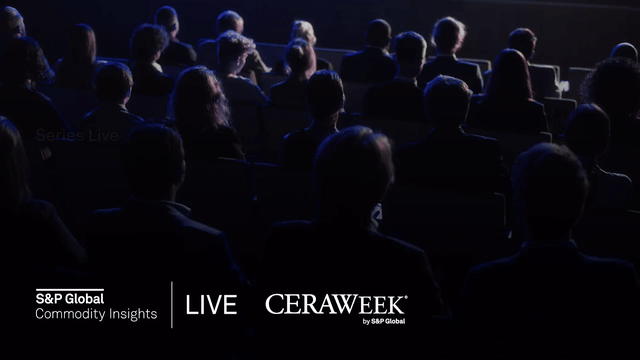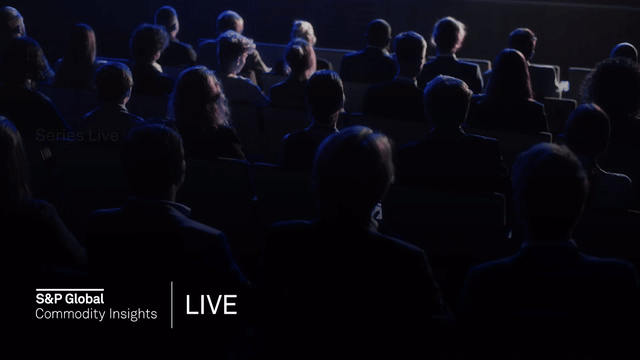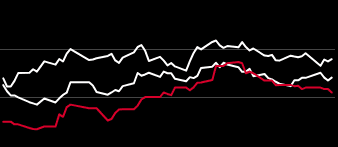Battery Metals
/ COMMODITIES
Forces shaping the future of energy
The world has seen record-setting investment in energy amid slowing overall demand growth...
/ COMMODITIES
/ COMMODITIES
The world has seen record-setting investment in energy amid slowing overall demand growth...
/ COMMODITIES

Join Siddharth RoyDirector,Ace Green Recycling Inc as they discuss the dynamics of generating localized recycling solutions for battery metals.CERAWeek is taking place from March 18-22 and LIVE will be your all-access pass to the conference. Check back for more insights and cutting-edge coverage.

Listen to Marianne AsaroAnalysis Director at SP Global Commodity Insights, coming straight from the World Petrochemical ConferenceWPC) in HoustonTXUSA. Marianne sheds light on the process economics of the lithium ion battery production . WPC is taking place from March 18-22 and LIVE will be your all-access pass to the conference. Check back for more chemical insights and cutting-edge coverage.

Login
Battery Metals
What are battery metals assessments?
With the surge in demand for battery metals like lithium, cobalt, and nickel driven by the electric vehicle revolution, there is a corresponding need for greater transparency in pricing and market data. Recognizing this demand, S&P Global Platts conducts daily assessments across a range of battery metals to provide up-to-date and reliable information to the market.